Ridding Retail of Pests
Choices for greenhouse pest management vary depending on the size of the greenhouse and how it is used. Retail greenhouses have many challenges for managing pests that are different from production greenhouses. Retail greenhouses are open to the public, making the timing of pesticide treatments difficult. These greenhouses contain a variety of mature plants ready for sale, often with delicate blooms. Plants arrive regularly from many different sources, increasing the likelihood that pests will be brought into the greenhouse. Some plants are quickly sold, while others remain in the greenhouse for long periods of time. The longer plants stay in the greenhouse, the higher the probability that insects will migrate to these plants. Another challenge is that many retailers now showcase gifts and other hard goods like wind chimes, knick-knacks and stuffed toys in their retail greenhouse, and these items must be considered when treating plants for pests.
Providing basic training to employees on insect and disease identification will prevent major outbreaks and save time and money.
Incoming Plants
Retailers need to carefully inspect for a wide range of pests, including aphids, whiteflies, thrips, mites, scales, mealybugs, root mealybugs, fungus gnats and shore flies, in addition to diseases such as mildews, Botrytis, crown and root rots, and symptoms of virus infection or foliar nematodes. You will need to address pest problems on foliage plants, holiday crops and plants that remain in the greenhouse for extended periods of time. Incoming shipments of holiday plants will need to be inspected and monitored closely for specific pests, for example, whiteflies and Botrytis blight on poinsettias or aphids and root rots on lilies.
Inspect all incoming shipments of plants and reject those with pest problems. Conduct random sampling when plants arrive, taking plants out of the containers when possible and inspecting roots. When opening boxes, be able to recognize flying insects such as adult whiteflies, fungus gnats and shore flies. Adult whiteflies may be a sign that there are additional whiteflies on plants in immature stages. If adult fungus gnats are observed, inspect the plant stems at the soil line and roots for any damage. Observe new growth on plants for signs of thrips or aphids. Signs of thrips activity include distorted new growth or curled leaves. Signs of aphid infestation include empty white skins, curled new growth and shiny honeydew. If only a few incoming plants have aphids, you can try a forceful jet of water to hose off the aphids. Caterpillars will chew holes in the leaves and are found primarily on perennials. If you notice a few caterpillars, they can be quickly handpicked and destroyed. Adult black vine weevils, also a pest on perennials, will notch the edges of leaves and feed at night or on cloudy days. These can also be handpicked and destroyed before they over-winter at the garden center and become a persistent problem.
On shipments of foliage plants, inspect stems, petioles and undersides of leaves for scales and mealybugs. Look for stippling on foliage as a sign of mites. Inspect the underside of leaves along the leaf veins for adult mites, their eggs and any white, empty eggshells. If only a few incoming plants have mites, you can try washing off the underside of the leaves to wash off the mites. Knock plants out of containers and inspect the root systems for insect activity such as root mealybug or root aphids, or root diseases that cause root rot.
If you find insect activity and decide to keep the shipment, quarantine the plants from others in the greenhouse and treat immediately. Plants with root rot diseases will unlikely recover in a reasonable length of time for retail sale, even after treatment. Plants with viral or bacterial diseases or foliar nematodes will not recover and should not be accepted. Plants infected with viral diseases may show symptoms such as a mosaic pattern (a pattern of yellow and green, healthy tissue on the same leaf), leaf distortion, yellow streaking, ring spots, or unusual line patterns. Plants infected with bacterial diseases may show a greasy or water-soaked appearance to the leaves. Plants infected with foliar nematodes can have off-color leaves with brown angular spots that have a distinct margin. You may see a patch-like symptom that resembles a fungal leaf spot disease.
Monitoring
A weekly integrated pest management (IPM) program will detect problems early. A regular monitoring program using sticky cards and plant inspection is the basis of all pest management programs. Early detection and treatment will result in better pest control, while pest populations are low and before pests move throughout the greenhouse. Some plants will need to be monitored more carefully than others throughout the course of a year.
Yellow sticky cards are recommended to detect adult stages of fungus gnats, shore flies, thrips and whiteflies. Use 3×5-inch cards, and change them each week to keep track of hot spots and to prevent them from becoming unsightly. Attach cards to a bamboo stake and place the stake in an empty pot of soil, or wood block with a hole drilled in it to hold it Á upright. This will keep sticky cards separate from plants for sale. Place cards horizontally throughout the greenhouse at a rate of at least one card per 1,000 sq.ft. Place some cards just above the plant canopy (to detect thrips and whiteflies) and some cards at pot rim level to detect fungus gnats. An explanation displayed to customers would be helpful and a good marketing tool, something as simple as a sign saying, “The yellow sticky cards you see help us trap pests, use fewer pesticides and keep plants healthy.”
Plant Inspection
Plant inspection is needed, in addition to a regular weekly inspection. To conduct a weekly inspection, randomly select plants at 10 locations in an area of 1,000 sq.ft., examining plants on each side of the aisle. Start this pattern at a slightly different location each week, walking through the greenhouse in a zigzag pattern down the walkway. Use a 10x hand lens to examine the underside of leaves for insect pests, and inspect root systems to determine plant health. Record information collected from sticky card counts and plant inspections, including the pest numbers and their location, root health, overall plant health and the numbers and species of plants inspected. Records of pest numbers and locations will help to identify sources of pests and indicate whether treatment is needed or if control measures were successful or need repeating.
Diagnosis and Control
Know specifically what pest you are treating. Accurate diagnosis is key to management whether you choose pesticides or biological control. Many pesticides and most natural enemies are often specific to just one pest or group of pests. If you are having trouble diagnosing a problem, visit our Web site www.umass.edu/umext/floriculture and click diagnostics.
Improper cultural practices can encourage disease development. For example, most varieties of phlox and bee balm when placed in the shade, will develop powdery mildew. Retailers can prevent powdery mildew and other diseases by choosing varieties of plants that are disease resistant and by using proper cultural practices.
Space plants so that they are both attractive to the customer and sufficient to promote good air circulation. This will help prevent Botrytis and other foliar diseases. Train workers to regularly clean and groom plants so they are attractive and free of disease. Train employees to properly water plants, avoiding over watering, and be sure plants are watered early in the day so the leaves dry out.
Pesticides. There are many pesticides available for greenhouse use. See Figures 1 and 2, page 51 for selected pesticides labeled for greenhouse use. Consider the pesticide container size and recommended application rates with regard to storage, shelf life and purchase price. Some pesticides sold as water-soluble packets for safe handling, may have recommended application rates of 1 packet per 100 gal. of water. Other pesticides are sold in large quantities relative to small, recommended application rates. This is not a problem for large greenhouses; however, small retailers will not use enough pesticide to justify the expense. When choosing a pesticide, also consider how many different crops are listed on the label, the restricted entry interval (REI), pesticide residue, Worker Protection Standard, and plant and blossom safety.
The REI is located on the pesticide label and is the length of time between treatment and when the treated area can be re-entered. Most pesticides for greenhouse use will have a re-entry period of 4-24 hours. A few will have a 48-hour REI. During busy times of the year, the REI may influence which material to choose. When REI is a concern, consider removing plants from the greenhouse to treat them outdoors or in a production greenhouse (if you have one).
Pesticide application methods will vary according to the size of the greenhouse. Hand-pump sprayers are used in many small greenhouses. This method is adequate for spot treatments but is not the best choice for treating an entire greenhouse. It is difficult to maintain continuous pressure, and the spray coverage is likely to be uneven as the pressure changes when using a hand-pump sprayer. For some greenhouses a better choice would be a small generator sprayer that provides constant pressure for uniform application. This equipment is likely to be more expensive than hand-pump sprayers but will result in better pest management. Some small retail greenhouses may also choose total-release pesticides that are safe for flowers and require no special application equipment. Coverage will be inadequate on large mature plants and has limited effectiveness against many pests, such as immature whiteflies. Total-release pesticides should not be used in retail greenhouses that contain hard good gift items.
Biological control. Biological control is an option on plants that will remain in a greenhouse for an extended period of time. These living organisms can be used for aphids, fungus gnats, mealybugs, mites, thrips, scales and whiteflies. Products and release schedules will need to be customized according to the specific pests and populations, size of the greenhouse, size and number of plants in the greenhouse and how long plants will be in the greenhouse.




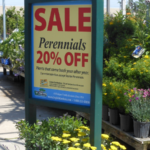

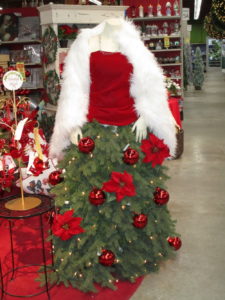

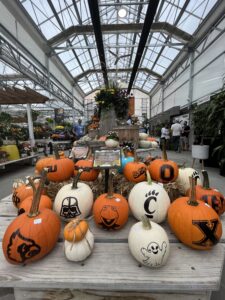

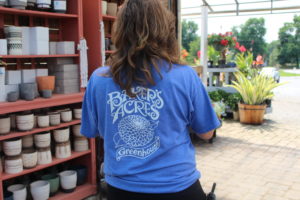

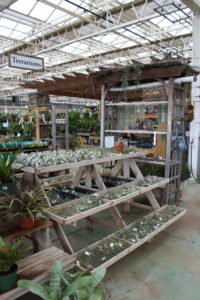
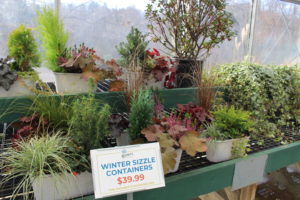
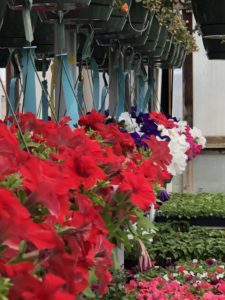

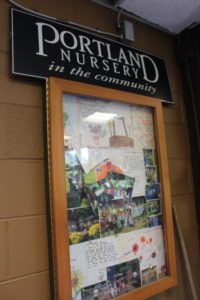

 Videos
Videos





